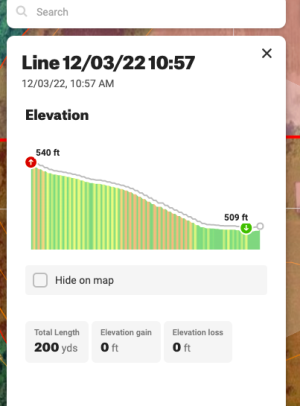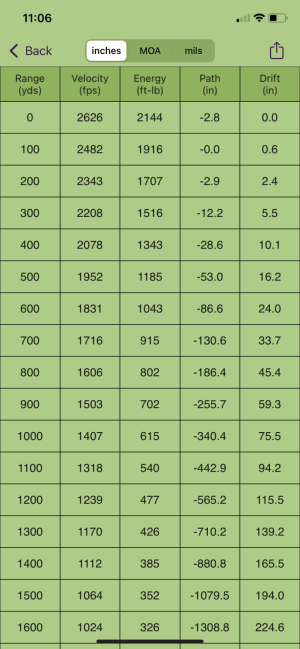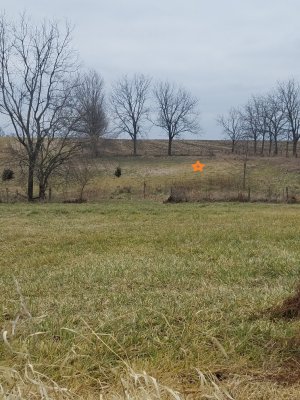Jerry-B-WI
5 year old buck +
Depends how much drop you have at 100 and 200 yds. A good reloading manual should have charts in the ballistics section for your caliber, bullet weight, and velocity.I want to build a rifle range, but the best spot from a safety standpoint would be angled downward into draw. Would that mess with my accuracy later down the line if I zero my guns shooting at a downward angle. (ranges 100 to 200 yards)





